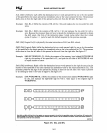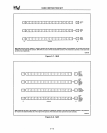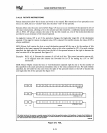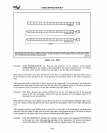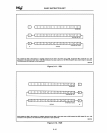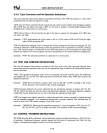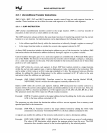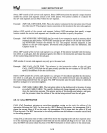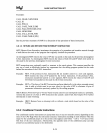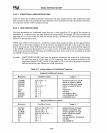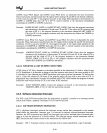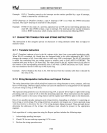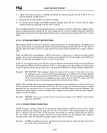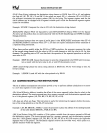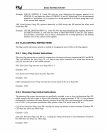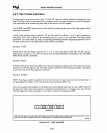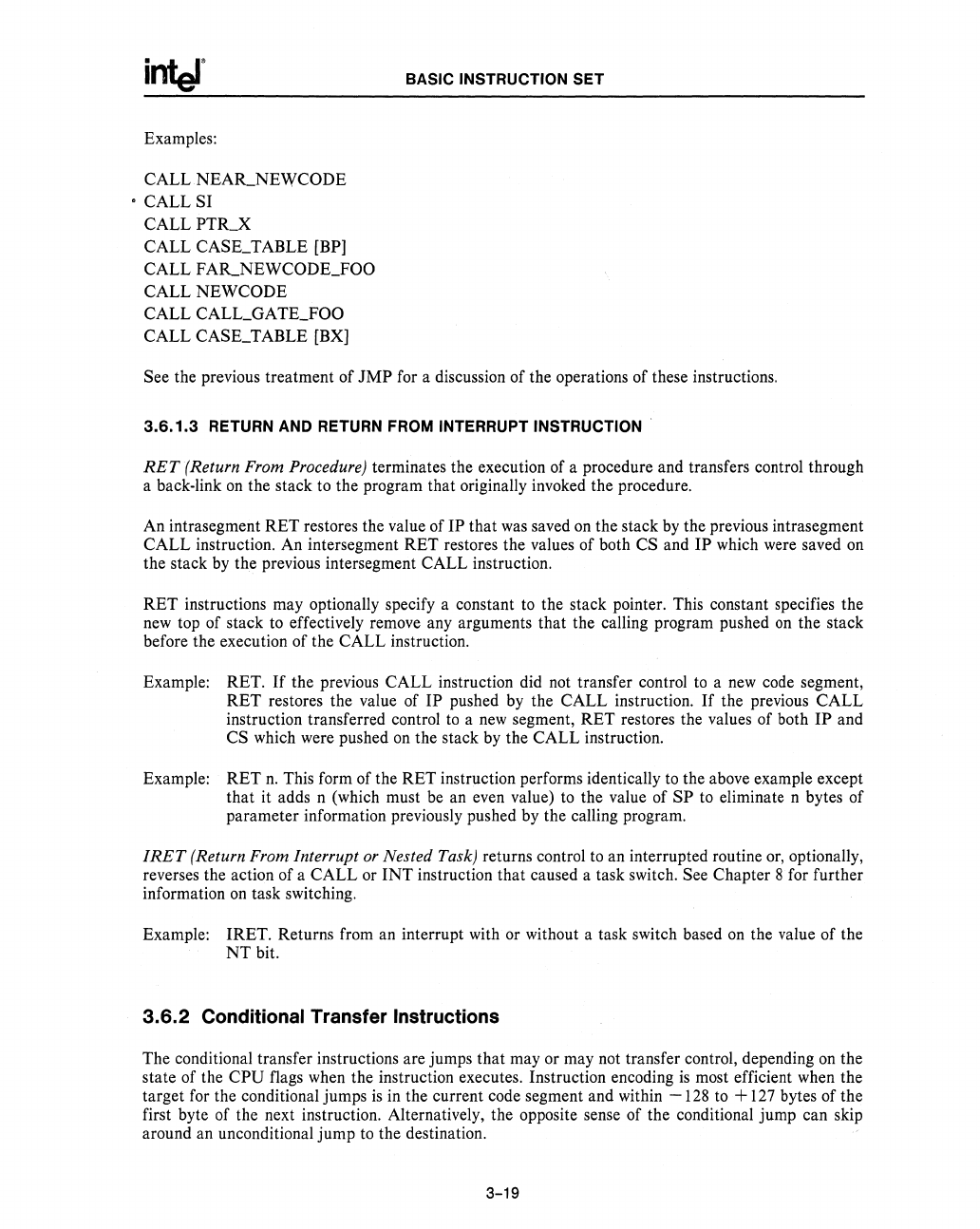
Examples:
CALL
NEAR_NEW
CODE
,
CALL SI
CALL
PTR
.
.x
CALL CASE_TABLE [BP]
CALL
FAR-NEWCODE_FOO
CALL
NEWCODE
CALL
CALLGATE_FOO
CALL CASE_TABLE [BX]
BASIC INSTRUCTION SET
See the previous treatment of
JMP
for a discussion of the operations of these instructions.
3.6.1.3
RETURN
AND
RETURN FROM INTERRUPT INSTRUCTION
RET
(Return From Procedure) terminates the execution of a procedure and transfers control through
a back·link
on
the stack to the program that originally invoked the procedure.
An intra segment
RET
restores the value of IP that was saved
on
the stack by the previous intrasegment
CALL instruction. An intersegment
RET
restores the values of both CS and
IP
which were saved
on
the stack by the previous intersegment CALL instruction.
RET
instructions may optionally specify a constant
to
the stack pointer. This constant specifies the
new
top of stack to effectively remove any arguments that the calling program pushed
on
the stack
before the execution of the CALL instruction.
Example: RET.
If
the previous CALL instruction did not transfer control
to
a
new
code segment,
RET
restores the value of
IP
pushed by the CALL instruction.
If
the previous CALL
instruction transferred control
to
a
new
segment,
RET
restores the values of both
IP
and
CS which were pushed
on
the stack by the CALL instruction.
Example:
RET
n.
This form of the
RET
instruction performs identically to the above example except
that it adds n (which must be an even value) to the value of
SP
to eliminate n bytes of
parameter information previously pushed by the calling program.
IRET
(Return From Interrupt or Nested Task) returns control
to
an interrupted routine or, optionally,
reverses the action of a CALL or
INT
instruction that caused a task switch. See Chapter 8 for further
information
on
task switching.
Example: IRET. Returns from an interrupt with or without a task switch based
on
the value of the
NT
bit.
3.6.2
Conditional Transfer Instructions
The conditional transfer instructions are jumps that
mayor
may not transfer control, depending
on
the
state of the
CPU
flags when the instruction executes. Instruction encoding
is
most efficient when the
target
for
the conditional jumps
is
in the current code segment and within
-128
to
+
127
bytes of the
first byte of the next instruction. Alternatively, the opposite sense of the conditional jump can skip
around an unconditional jump
to
the destination.
3-19



